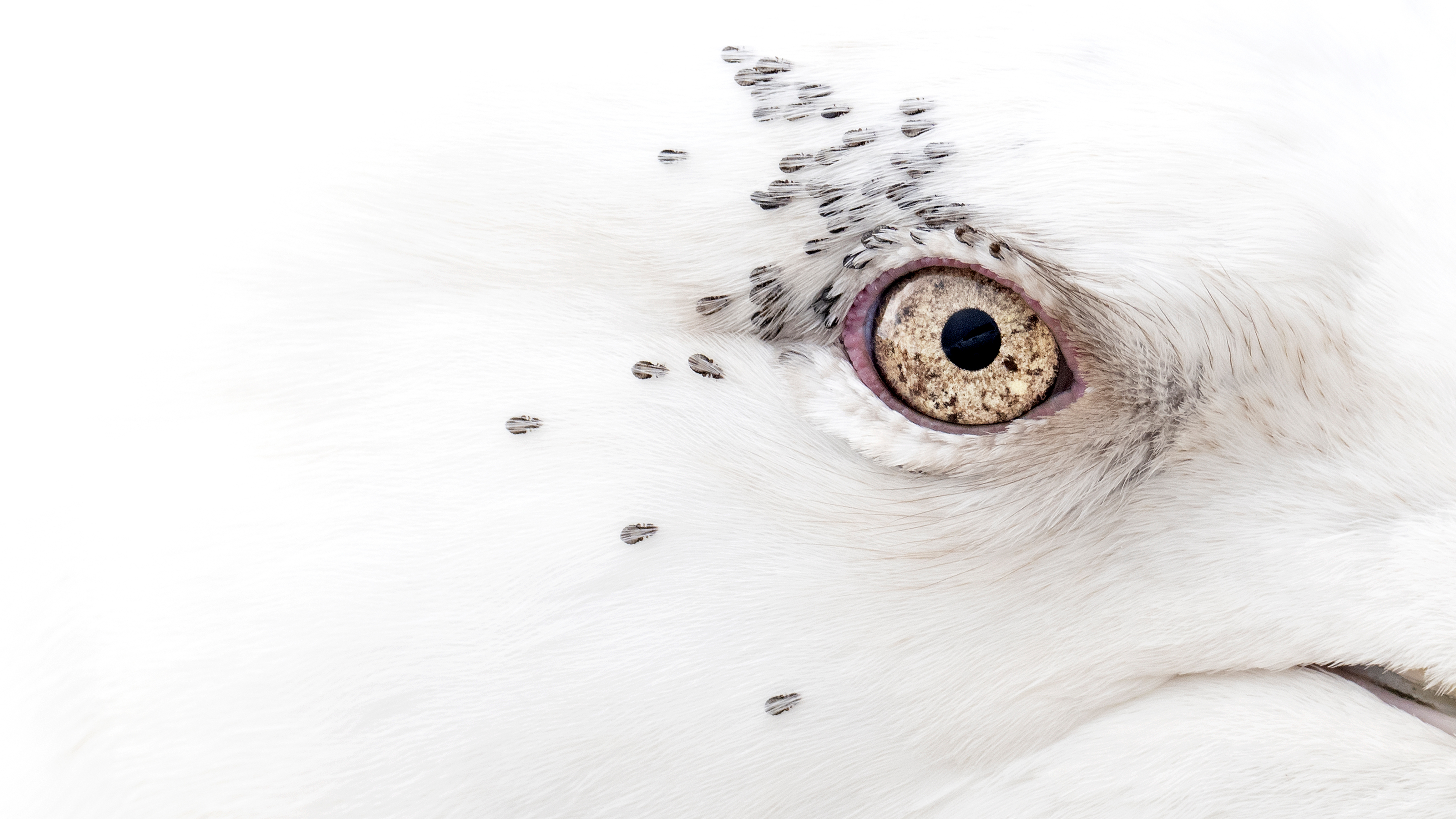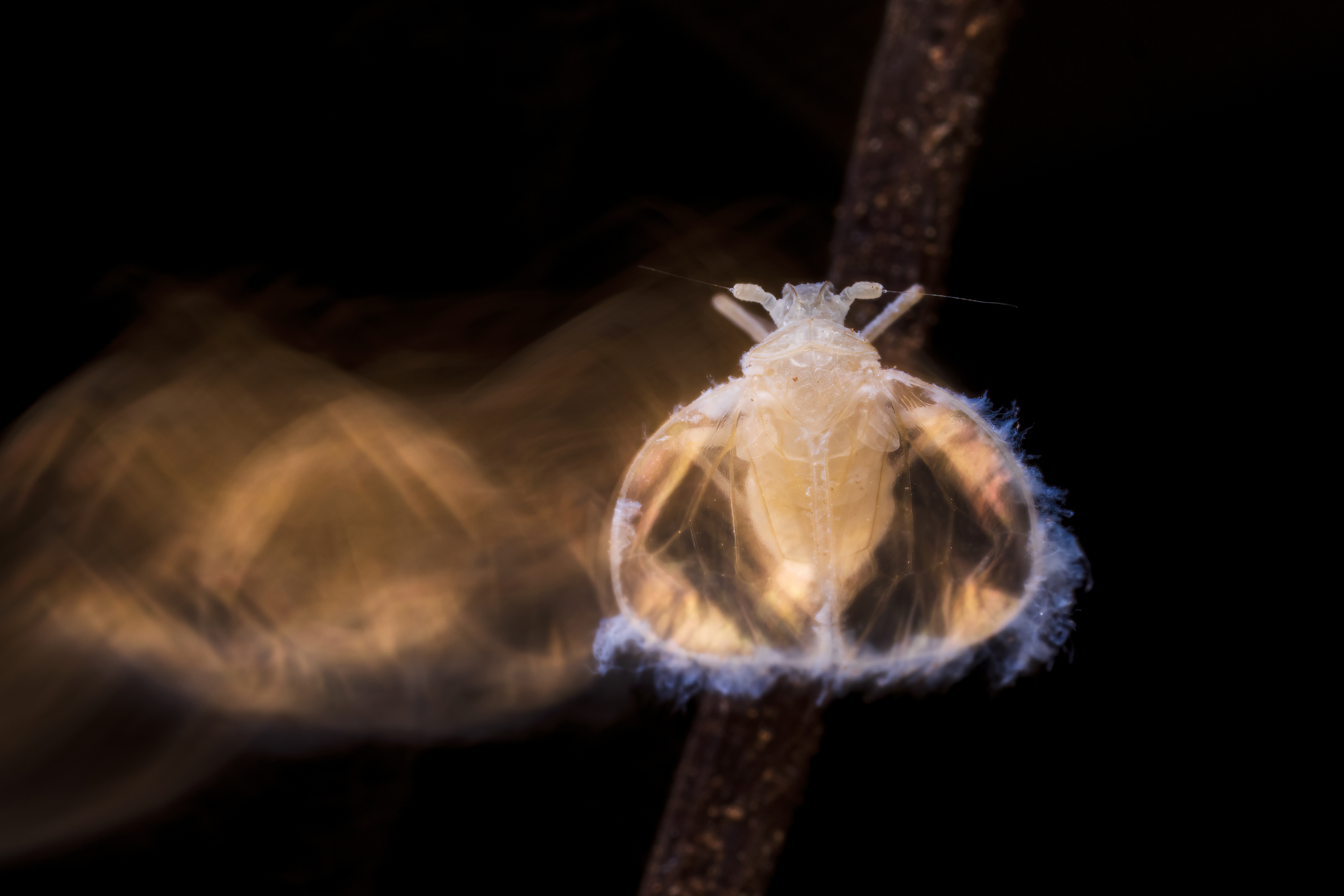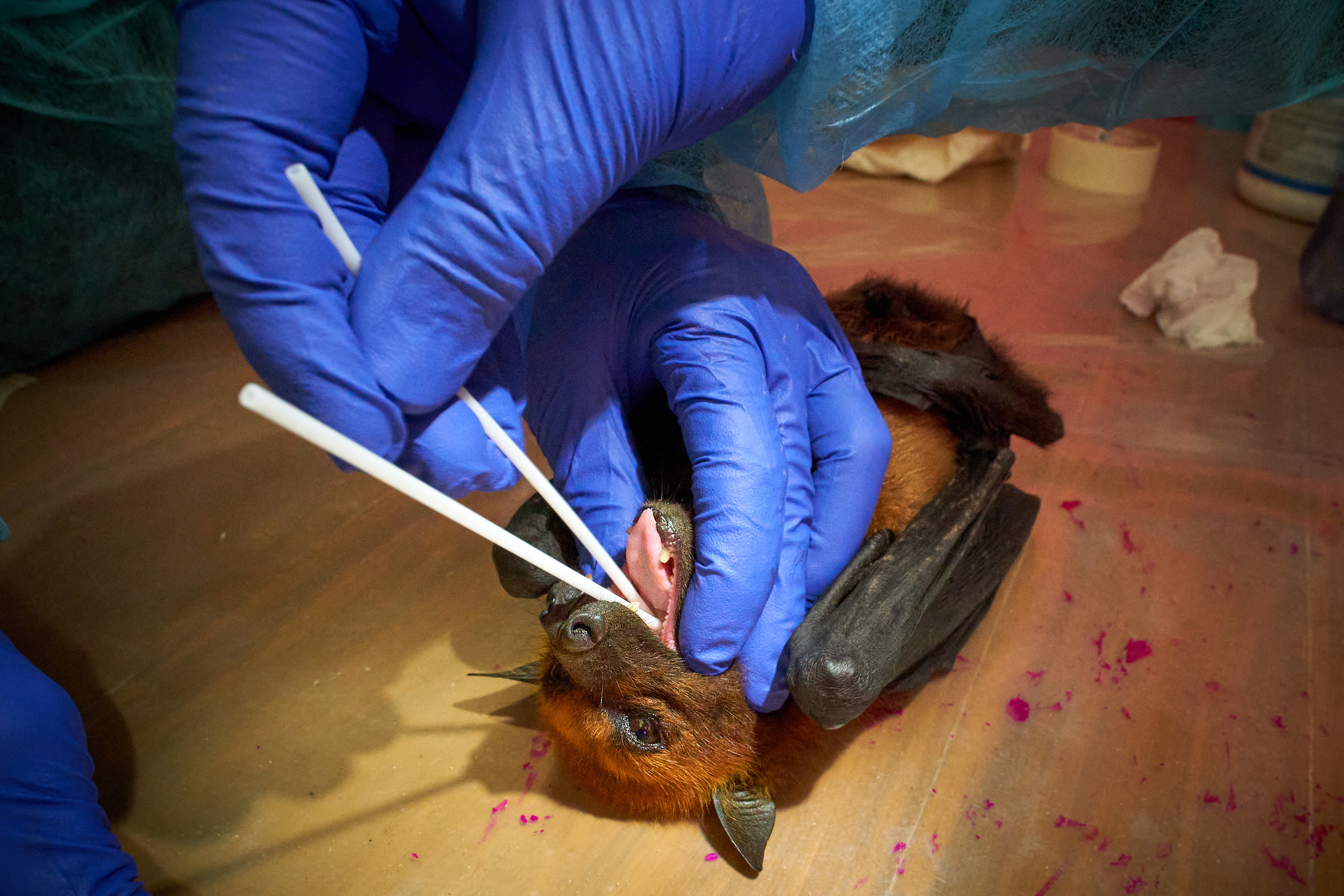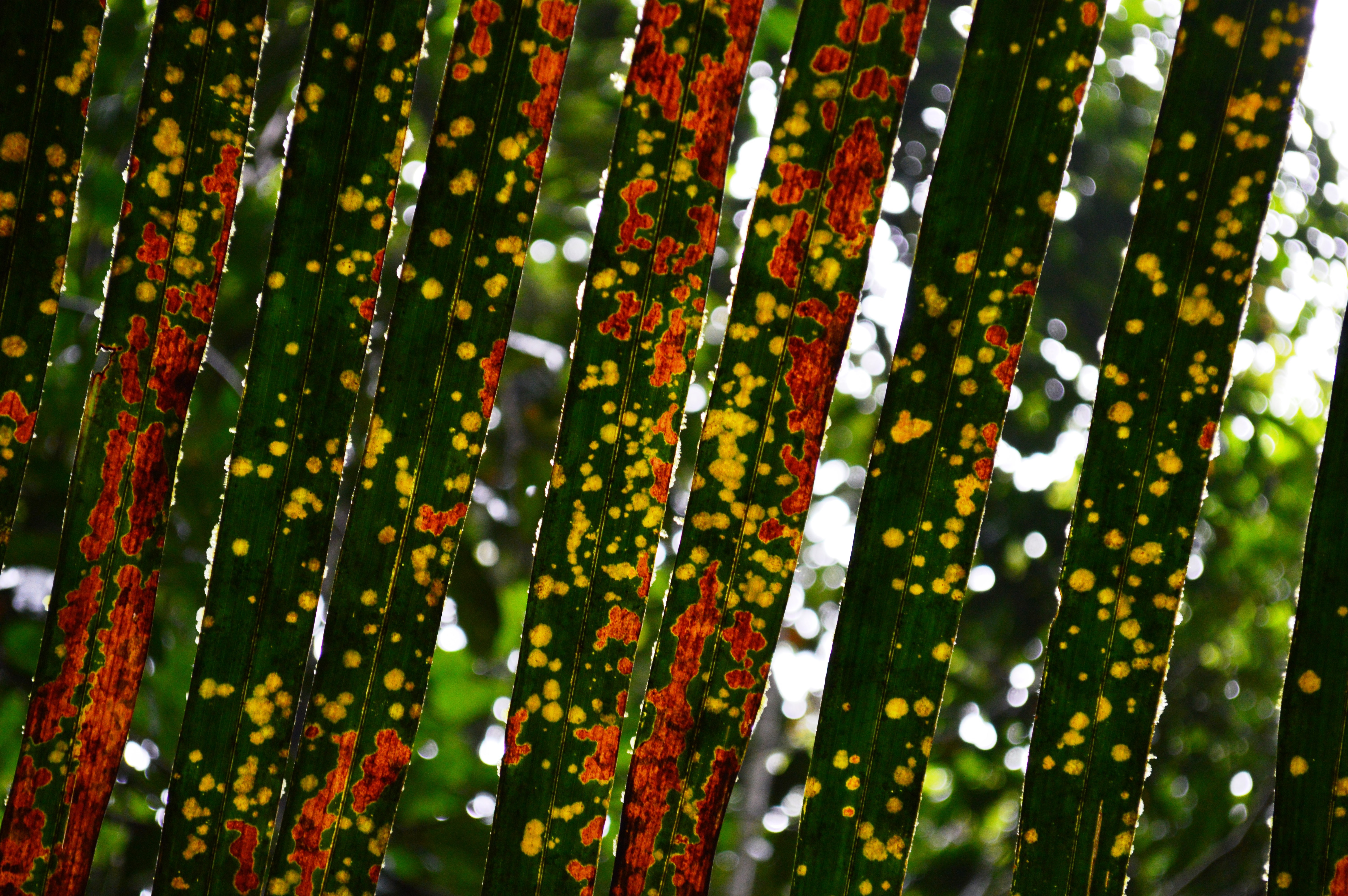Stunning competition-winning photos hold a lens up to global ecology
Feast your eyes on the best ecological photography

The speckles on the seagull’s eye in the award-winning image above aren’t quite what they seem. According to photographer Rebecca Nason, they are actually lice, clustered around the eye of Kumlien Gull, a sub-species of Iceland gull that breeds in the Arctic regions of Canada.
It was this mesmerizing, tricksy image, snapped on an Olympus OM-D E-M1X with an M.Zuiko 300mm lens, that propelled Rebecca to the winning spot of the British Ecological Society’s annual photography competition, “Capturing Ecology”.
It’s open to photographers and ecologists around the globe, and seeks to celebrate the diversity of flora and fauna that exists on our fragile world.
Professor Jane Memmott, President of the British Ecological Society, described Rebecca’s image as, “visually arresting, pin sharp and very beautiful, hitchhiking lice included!”
A prize was also awarded for the best student photographer, and this went to Florida State University graduate student Dani Davis for their image of a green lynx spider catching and devouring a bumblebee in the Apalachicola National Forest, North Florida. Dani captured the image using a Canon EOS 7D, with a Tamron 90mm macro lens.
There were also individual category awards given for images in specific genres. Categories included “Up Close and Personal”, which hailed the best macro image, and “People and Nature”, awarded to images that showed an interesting take on the complex relationships between people and the natural world.
The other categories of award were “Dynamic Ecosystems”, “Individuals and Populations”, “Ecology in Action” and “The Art of Ecology”.
The best camera deals, reviews, product advice, and unmissable photography news, direct to your inbox!
A panel of six photographers and ecologists selected the winning photographs in each category. One of the competition judges was South African wildlife photographer Laura Dyer, who said, “Wildlife and nature photography is so vital today, as it helps to showcase parts of the natural world which would otherwise remain hidden from the view of most of us. And it is only by seeing the beauty of nature that we will be inspired to protect and conserve it. These images from British Ecological Society members and students alike help to showcase these wonders.”
Check out some more of the winning images below:
All the winning and highly commended images can be viewed on the Society’s online exhibition, which is sponsored by Wiley (the publishing house, not the rapper).
And if all these wonderful wildlife images have got your inspired, check out our guide to the best wildlife photography cameras where we run through the best kit for nabbing shots like these.
Read more
Jon spent years at IPC Media writing features, news, reviews and other photography content for publications such as Amateur Photographer and What Digital Camera in both print and digital form. With his additional experience for outlets like Photomonitor, this makes Jon one of our go-to specialists when it comes to all aspects of photography, from cameras and action cameras to lenses and memory cards, flash diffusers and triggers, batteries and memory cards, selfie sticks and gimbals, and much more besides.
An NCTJ-qualified journalist, he has also contributed to Shortlist, The Skinny, ThreeWeeks Edinburgh, The Guardian, Trusted Reviews, CreativeBLOQ, and probably quite a few others I’ve forgotten.





